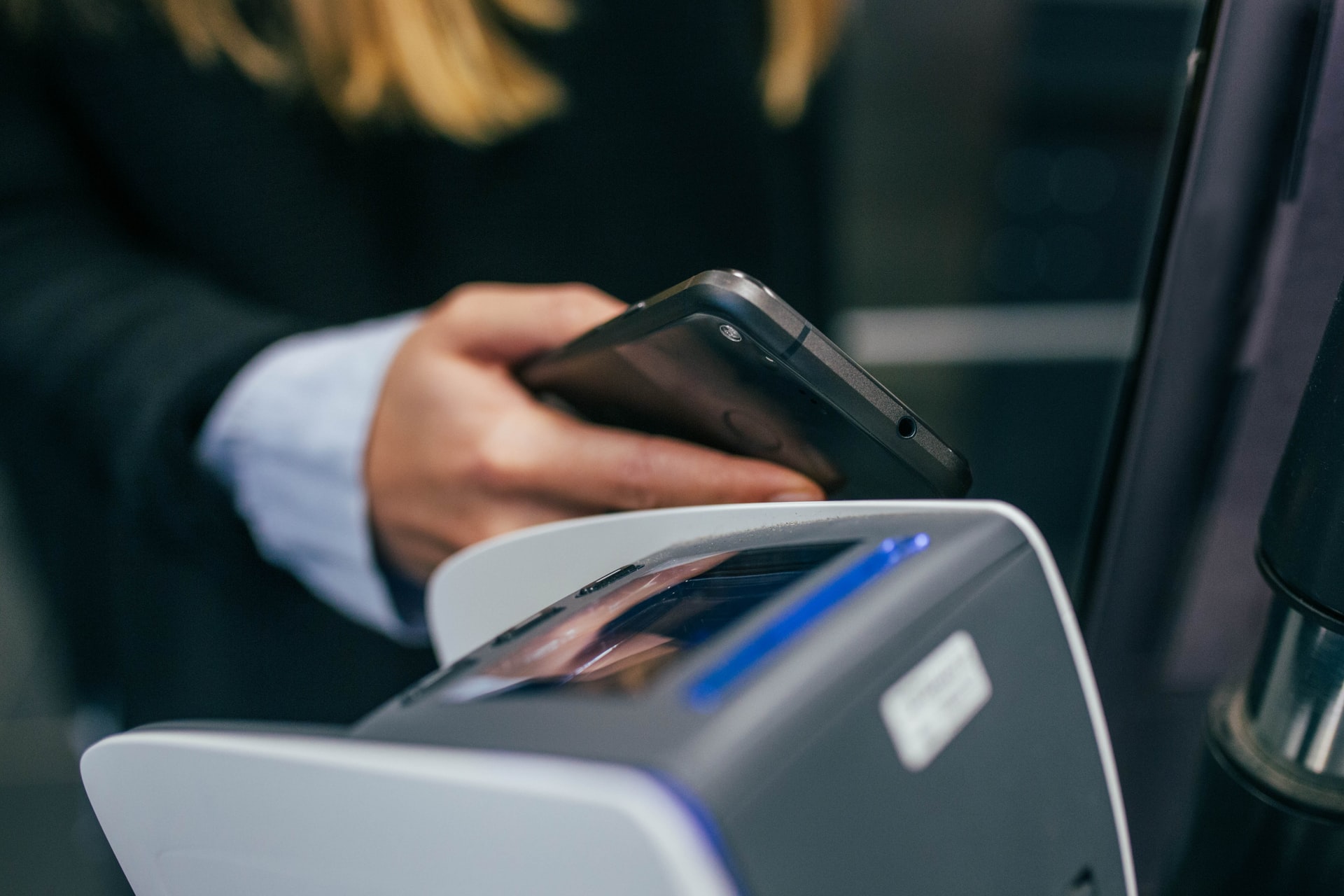The Importance of Digital Payments
Finance—perhaps more than anything else—keeps the wheels of the global economy running. For a long time now, however, large financial institutions that drive the capital markets, have made little effort to extend financial services to those at the margins of society.
The global financial system has made little endeavour to bank millions who continue to remain without access to even basic financial services. But all of this is changing rapidly, thanks in no small part to advances in technology.
Several “non-traditional” financial services players and technology companies are shaking up the financial services sector and playing an important role in helping bank the unbanked, at least through the provision of basic financial services such as microinsurance, transfers of money and payments. Hundreds of start-ups around the world continue to push the boundaries of what is possible in this space, and with a growing degree of success.
Going Digital
Digital payments are expected to grow to $6.6 trillion in 2021, and surge further to $10.5 trillion by 2025. The 2021 figure is itself a 40% leap from only two years ago. This has been made possible with the ubiquity of the smartphone and mobile internet.
The disruption we’re witnessing in the payments space is welcome as it helps resolve some longstanding issues plaguing society’s unbanked. Most in the unbanked segment have to resort to alternatives to source credit, be it to start a business or to secure working capital. This results in borrowing from unregulated creditors who are outside the purview of regulatory bodies, in the informal sector. As a result, borrowing rates are often incredibly steep, often throwing the borrower into a vicious debt cycle and tremendous financial pressure.
But advances being made in the digital payments space are helping turn things around. The advent of new digital banks—or more neo banks—are driving the change in how we transact. These banks make use of new and emerging technologies to gauge credit worthiness form various non-traditional sources of information. Additionally, their lack of legacy infrastructure enables them to keep costs low. They aim to revolutionize the financial sector as we know it.
The growing digitalization of payments and its impacts on our socio-economy is one of the themes being discussed at the Horasis Extraordinary Meeting on the United States of America on 18 March 2021. The event will be attended by 700 senior members of the Horasis Visions Community who will deliberate on themes that are going to define our future.
The Benefits Digitalization Brings
The importance of digitalization in banking and payments system cannot be underestimated. Even before the pandemic’s onset, digital banking and mobile payments had registered significant growth, including in emerging economies globally. Inexpensive smartphones and access to high-speed internet have ensured a thriving e-commerce industry in several economies. Fintechs of different hues have capitalised on these improvements in digital infrastructure to develop business models that are centered on extending an array of payment, credit and remittance services to those that are not part of formal banking/ financial networks.
In many cases, fintechs have simply made the task of borrowing or transferring money or making payments simpler than it has otherwise been. The need for fewer documents for verification, the acceptance of short or no credit histories and a reliance on technology to ensure their lending is “protected” has gone a long way to extending credit to those who fail to secure it through formal banking channels for various reasons.
Similarly, fintechs have been an asset for small business owners. Many are unable to expand their operations due to capital constraints. Fintechs have been able to adequately address this pain point. Securing credit is no longer a tedious process and banking does not necessarily mean lost productive time because customers can obtain funding from the comfort of their homes or offices.
With the growing popularity of digital payments, consumers have a greater number of payment options for both online and offline purchases. This is helping drive industries and small entrepreneurs who can now sell their products and services to customers in different parts of the city they live in, or even across different countries and—more importantly—receive payments for these sales.
The COVID-19 Fillip
The onset of the pandemic resulted in businesses and individuals embracing digital payments quicker than ever before. “Contactless payments” became a buzzword, aligning as it did with established COVID safety protocols. Additionally, lockdowns meant people were largely only transacting online, from their homes. This resulted in both businesses adopting and offering digital payment methods in order to stay afloat, and consumers increasingly embracing digital payments, setting aside any misgivings they may have had.
Staying offline wasn’t an option through the pandemic. And this trend was observed across developed and emerging economies alike. Apple Pay, one of the world’s most popular digital payment services, saw its user base grow by 65 million between September 2019 and September 2020. Transaction volumes led by OEM wallets put together are expected to multiply by three times in less than five years, reaching $1 trillion by 2024. So this is a trend that will continue.
A Lasting Change
These trends are a clear indication of what will be a lasting shift in consumer behavior. The moment is right for governments to embrace the digitalization of payments as we ready ourselves for the digital economy.
While the pandemic has had a debilitating impact on society, and led to tremendous loss globally, and much of this loss is irreparable, one of its lasting impacts could also be that it has set the world on the path to greater financial inclusion through bringing sharp focus on digitalization across various walks of life and activity.
Governments will need to introduce frameworks and policies are supportive of greater innovation in this space. The introduction of 5G connectivity, cloud computing technologies, big data and IoT, among others, will foster strong innovation ecosystems. Much as technology—and particularly fintech—bode well for economic growth, they also hold potential to bring about long delayed socio-economic change.
Photo Caption: A man makes a mobile payment using phone at a terminal in Ghent, Belgium.




